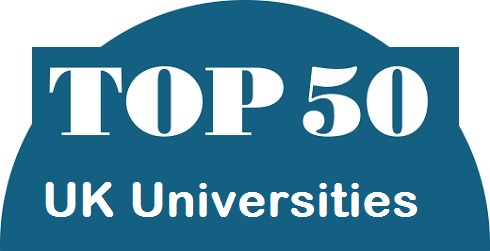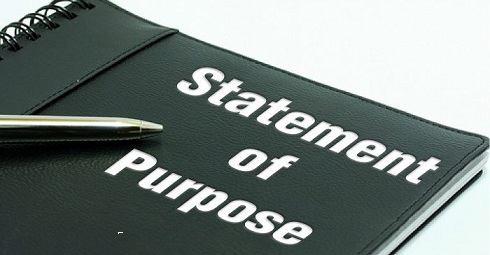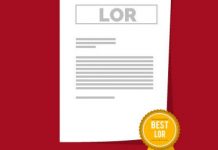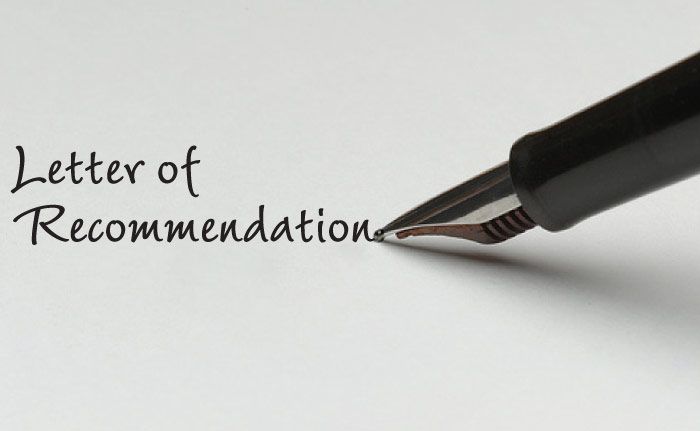Studies reveal that international applicants are given admission in 70 percent of two-year, full-time MBA programs. Furthermore, a large number of countries are represented in the MBA classes of top business schools in the US. Let’s take a closer look at the proportion of international students in the MBA class of 2018.
Average Proportion of International Students in the MBA Class of 2018
A look at the class profile information of the top 20 business schools in the US tells us that on an average, the proportion of international students in the full-time MBA class of 2018 is approximately 35 percent. The highest proportion (48 percent) of international students can be found at the Columbia Business School and can be attributed to the two classes which commenced in 2016. Next is the Yale School of Management with 46 percent of international students, although this percentage is only indicative of those students who hold an international passport. The Stanford GSB School is also among the top 3 schools with a high percentage of international students (40 percent).
On the other hand, schools with less than 30 percent of international students include UT Austin’s McCombs School, UNC Kenan-Flagler and Vanderbilt Owen. However, these figures are not so bad considering the fact that in reality, one in every four students in these classes is an international student.
Number of Countries Represented in the MBA Class of 2018
Another yardstick for measuring international diversity is the number of countries that are represented in these classes. The Harvard Business School tops this list with 68 countries being represented in their MBA class of 2018. The Stanford GSB School follows suit with 62 countries being represented in their MBA class. To its advantage, the Harvard Business School has a greater-than-average class size. Nevertheless, almost 40 countries are represented in the MBA cohorts across 12 top business schools in the US.
Ethnic Diversity in the MBA Class of 2018
Although B-schools are striving to increase ethnic diversity in order to reflect the actual business world, the number of applicants from the minority groups is less. One of the main reasons for this is their feeling that they will not blend into the B-world. Nevertheless, there are schools that have managed to increase the ratio of students from the minority groups. Cornell’s Johnson School is one such example where the minority student enrollment increased from just 5 percent in 2000 to an impressive 21 percent in 2011. This year, Wharton University and UC Berkeley – Haas have the highest proportion of ethnic diversity (32 percent).
Several organizations like the National Black MBA Association and the National Hispanic MBA Association support MBA schools in this endeavour. Another organization, the Management Leadership for Tomorrow (MLT) has introduced an MBA Prep Program for minority students to walk them through the application and interview process. Furthermore, some organizations offer fellowships to minority students with the aim of motivating them to compete for MBA seats and empower them to successfully build their careers. Notable examples include the full-tuition fellowship offered by the Consortium for Graduate Study in Management and the Riordan MBA Fellows Program.
Students have also testified that these programs are really valuable and support them in the application process. An alumna of New York University’s Stern School acknowledges the value of the Association of Hispanic and Black Students at Stern and says that it played a significant role in helping her review her essays and keeping the pressure at bay on the day of the interview.
Another organization that lends a helping hand to students from minority groups is MBADiversity, a multicultural NGO comprising MBA qualified individuals and business leaders. This NGO plays a key role in helping MBA applicants prepare for tests, explore financial options, get placed and build nurturing relationships with students of different backgrounds. It also supports and guides B-schools and companies in their recruitment process and helps them to recruit diverse talent.
In short, there is a reasonable proportion of international and ethnic diversity in the MBA class of 2018. Furthermore, almost all top business schools in the US are striving to increase international and ethnic diversity in their MBA classes in the coming years despite political pressures and setbacks.
Recommended Reading:
- International Scholarships to Study MBA in UK
- Top MBA Programs in UK
- Online MBA Programs in UK
- Cambridge or Oxford: Which University is Better for MBA?
- MBA in UK vs USA




















































